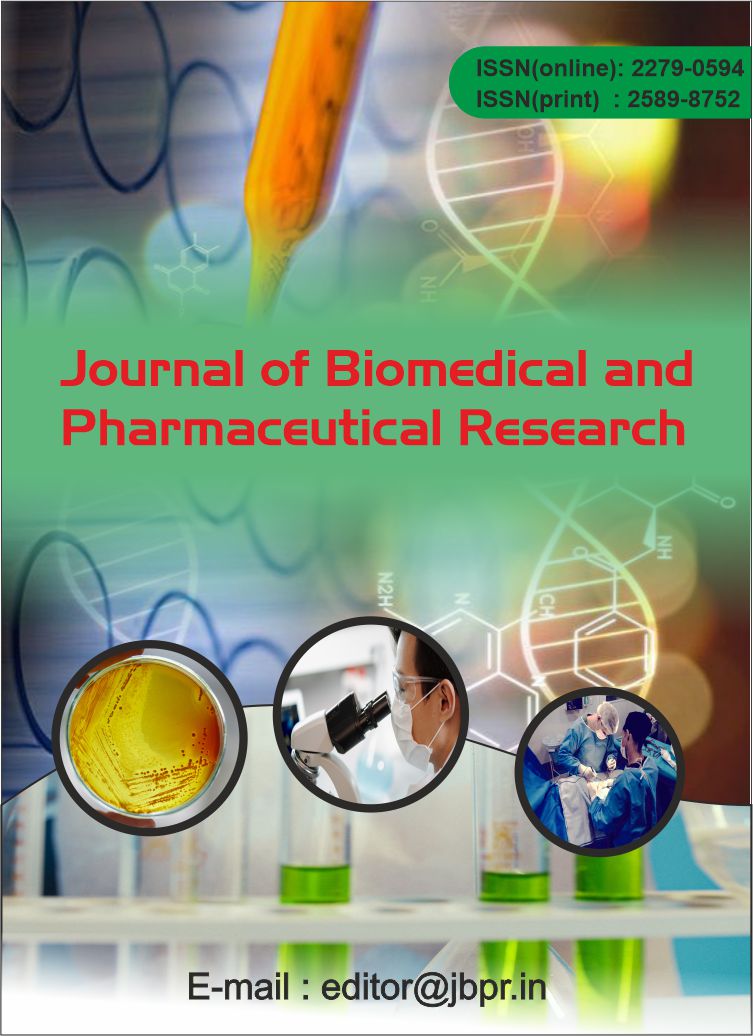COMPARATIVE STUDY OF LIPID PROFILE IN HYPOTHYROIDISM PATIENTS
Abstract
Thyroid dysfunction is relatively a common disease which affects people, irrespective of their age and gender. Hypothyroidism is a graded disorder, it may be severe with obvious myxoedema, or mild to moderate or can be sub-clinical hypothyroidism, resulting in a generalized slowing down of the basal metabolic rate (BMR). It results from reduced secretion of total thyroxine (T4) and triiodothyronine (T3). Biochemical decrease in T4 and T3 lead to hyper secretion of pituitary thyroid stimulating hormone (TSH) and an amplified increase in serum TSH levels. This is a key laboratory finding, particularly in the early detection of thyroid failure. Thyroid hormones have significant effects on the synthesis, mobilization and metabolism of lipids. They affect serum cholesterol mainly by altering lipoprotein metabolism. The prevalence of hypothyroidism is increasing all over the world. Worldwide prevalence is estimated to be between 4.6% (USA) and 34% (Nepal). The incidence of clinical hypothyroidism is 0.5-1.9% in women and <1% in men. A total of 2500 subjects were surveyed for this study and finally, out of 2500 subjects, 850 patients (34%) were selectively diagnosed as hypothyroidism and out of 850 hypothyroidism patients, 31 subjects (3.64%) were selectively diagnosed as clinical hypothyroidism on the basis of thyroid and lipid profile tests and another 31 subjects were included as normal subjects in this study. The thyroid stimulating hormone (TSH) and low density lipoprotein (LDL) values in all three experimental groups were significantly higher, whereas T3, T4 values were in a decreasing order with that of control group. The trend of our result indicates that the rate of clinical hypothyroidism of our study population were significantly higher. Hence, from the findings of our study, we can conclude that the rate of clinical hypothyroidism is quite high in Nepalese population.
Keywords: Hypothyroidism, TSH, Lipid profile
![]() Journal of Biomedical and Pharmaceutical Research by Articles is licensed under a Creative Commons Attribution 4.0 International License.
Journal of Biomedical and Pharmaceutical Research by Articles is licensed under a Creative Commons Attribution 4.0 International License.





